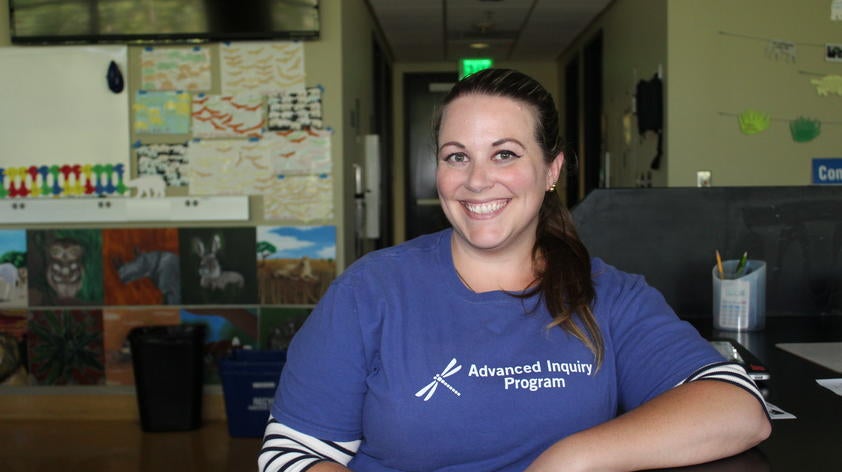
Pathology stories
My name is Joanna Volavka and I am in Miami University’s Advanced Inquiry Program here at San Diego Zoo Global. The focus of my studies is how narrative storytelling can be used to better communicate science and promote conservation on a global level.
Storytelling in this sense doesn’t mean what you might think – it’s not a “Once upon a time” sort of tale, but rather finding the emotion and the narrative behind whatever you are trying to communicate, and using that structure to breathe life into the people and concepts behind the science.
One of the great benefits of narrative storytelling is that it is how people communicate anyway. We tell one another stories, weaving together the “characters” and events and places in our lives to share our experiences with one another. It’s one of the first ways we learn as children and it’s one of the most impactful ways to reach others throughout our lives.
Narrative can turn a difficult or complex issue into a personal one, and has the power to reach through what can seem like a forest of data to the layman with a single path allowing them to see landscape, to understand it. Story can bring to light things that might not otherwise be seen and understood.
With the foundation of story as my tool, last spring I took on an independent study within the San Diego Zoo Institute for Conservation Research to shine a spotlight on the Disease Investigations team. Though they play a vital role that touches countless aspects of the conservation done here, it can be challenging to explain their specific roles in the larger picture of conservation. That was the task I set for myself: to tell their stories and illuminate the importance of what they do.
Over the course of the semester, I interviewed four people on the team. I asked them about their backgrounds, their interests, how they came to be in Disease Investigations. I asked them what they liked most about their jobs. I asked them if they break for lunch. In short, I asked them for their stories.
These profiles are set within a traditional “day in the life” narrative structure, but the framework provides a way to get to the heart of who these folks are and why their jobs are so important in the larger conservation picture.
On a global scale for this team, if the goal is to “end extinction”, one major piece of that is the ability to correctly determine how and why animals die at a population level over time. On a more local scale, the team can quickly provide feedback on health and disease-related topics that can immediately improve the welfare of animals in human care at the Safari Park and the Zoo.
Either way, the passion and dedication of every person I spoke with shone through. While their paths to Disease Investigations were all different, at the end of the day every single story came down to this: death isn’t the end, but only the closing of one chapter and opening of another, through a legacy that will impact conservation for decades to come.
Joanna Volavka, AIP Student, Miami University and San Diego Zoo Global













